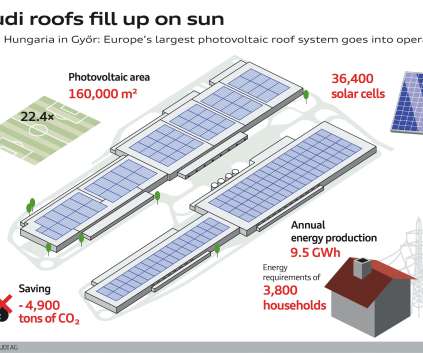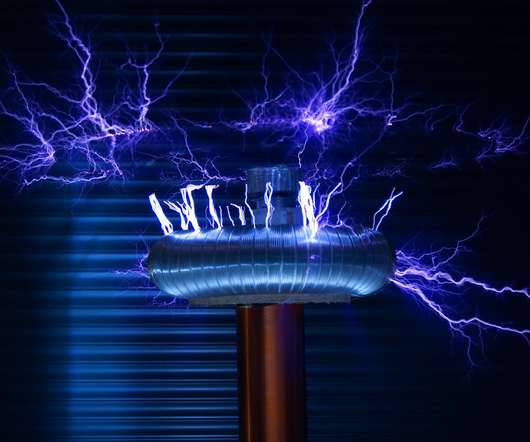GWU team demonstrates highly scalable, low-cost process for making carbon nanotube wools directly from CO2
Green Car Congress
JULY 19, 2017
Stuart Licht have demonstrated the first facile high-yield, low-energy synthesis of macroscopic length carbon nanotubes (CNTs)—carbon nanotube wool—from CO 2 using molten carbonate electrolysis ( earlier post ). This synthesis consumes only CO 2 and electricity, and is constrained only by the cost of electricity.






























Let's personalize your content